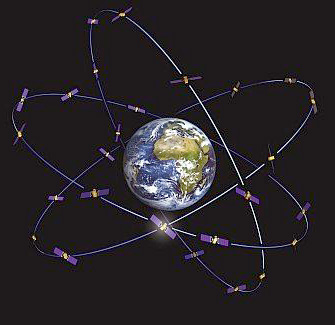Galileo and electric propulsion
 Galileo second generation – photo © ESA
Galileo second generation – photo © ESA
Future Galileo navigation satellites might adopt electric propulsion to reach their final orbits, with the weight savings offering larger payloads and a broader range of services in the 2020s, it was announced by ESA on 7th April 2014.
 Electric thruster test – photo © ESA
Electric thruster test – photo © ESA
This would offer several advantages. Freeing up mass by doing without the rocket’s upper stage means more satellites could be carried by individual rocket: up to three by Soyuz, while Ariane 5s carrying commercial telecom satellites could piggyback a quartet as secondary passengers. The lightweight Vega launchers might loft individual satellites.
At the same time, the mass of each satellite could still increase – up to 1500 kg or more from the current 700 kg. Enlarging the satellite would enable an expanded navigation payload to support a greatly extended range of Galileo services.
 Galileo’s three orbital planes – photo © ESA
Galileo’s three orbital planes – photo © ESA
